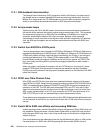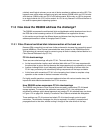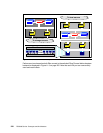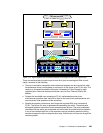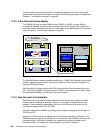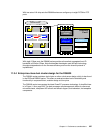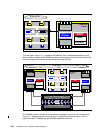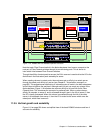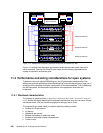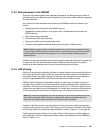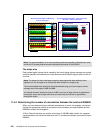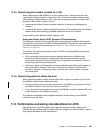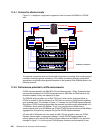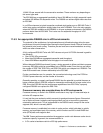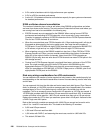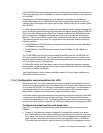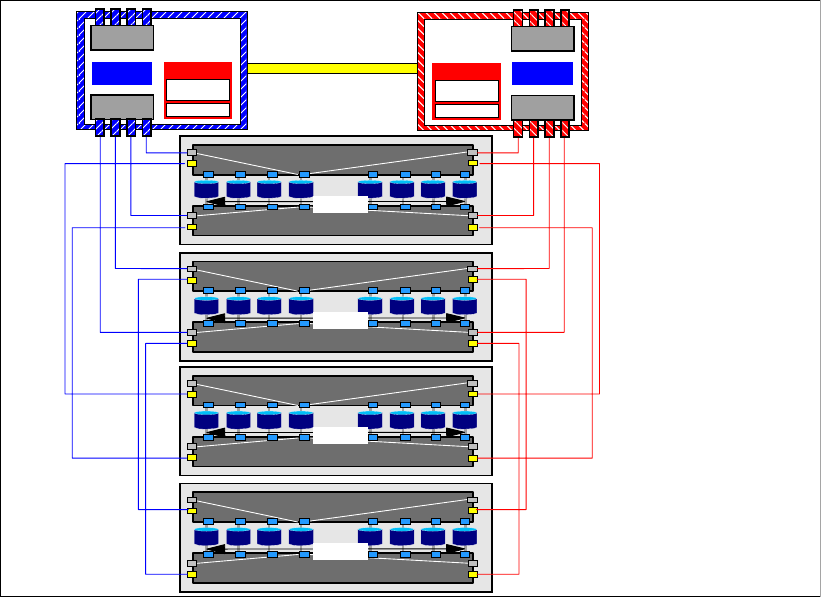
230 DS6000 Series: Concepts and Architecture
Figure 11-9 DS6000 interconnects to expansion enclosures and scales very well
Figure 11-9 outlines how expansion enclosures connect through inter-switch links to the
server enclosure. Note the two Fibre Channel loops which are evenly populated as the
number of expansion enclosures grow.
11.4 Performance and sizing considerations for open systems
To determine the most optimal DS6000 layout, the I/O performance requirements of the
different servers and applications should be defined up front since they will play a large part in
dictating both the physical and logical configuration of the disk subsystem. Prior to designing
the disk subsystem, the disk space requirements of the application should be well
understood.
11.4.1 Workload characteristics
The answers to questions like how many host connections do I need?, how much cache do I
need?
and the like always depend on the workload requirements (such as, how many I/Os per
second per server, I/Os per second per gigabyte of storage, and so forth).
The information you need, ideally, to conduct detailed modeling includes:
Number of I/Os per second
I/O density
Megabytes per second
Relative percentage of reads and writes
Random or sequential access characteristics
Cache hit ratio
Server enclosure
Expansion enclosure
ooo
Fibre Channel switch
Fibre Channel switch
16 DDM
ooo
Fibre Channel switch
Fibre Channel switch
16 DDM
ooo
Fibre Channel switch
Fibre Channel switch
16 DDM
ooo
Fibre Channel switch
Fibre Channel switch
16 DDM
Server 0 Server 1
Expansion enclosure
Expansion enclosure



